How to Winterize a Gazebo
by William Murphy
With this article we will explain how to prepare your gazebo for winter.
Gazebos are made of natural wood material. These gorgeous structures allow us to enjoy the outdoors with a bit of shelter. They also create a nice focal point in your yard. As they do so much for us, it's only fair that we be kind to our gazebos. They are permanent backyard structures that of course remain outside year-round, but they will require annual maintenance.
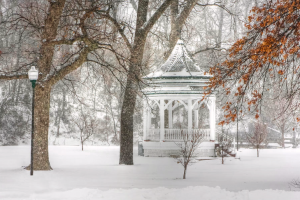
Contents
- Inspect the Gazebo for Any Damage That May Have Occurred Over the Summer
- Clean All Surfaces of the Gazebo
- Apply a Waterproof Sealant to All Wooden Surfaces
- Install Insulation in the Roof and Walls of the Gazebo
- Add a Heater or Fireplace to Keep Your Guests Warm During Winter Gatherings
- Hang Weatherproof Curtains Over All Windows and Doors to Keep Out Drafts and Moisture
- Conclusion on Steps to Winterize a Gazebo
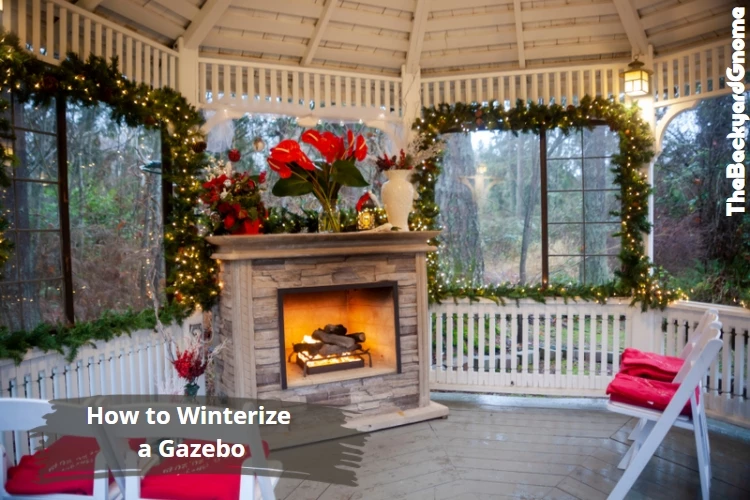
This maintenance is best to perform in the fall before the snow comes so when springtime arrives, you'll have a headstart. It's wise to lessen the workload that comes with spring cleaning.
You will have to take some precautionary steps to protect the gazebo from sustaining weather-related damage like splintering or cracking or warping. Protecting your gazebo through the winter months will ensure its longevity and give you years and years of use.
Read our review of the 7 best hardtop gazebos
The steps are fairly simple when it comes to winterizing a gazebo.
1. Inspect the Gazebo for Any Damage That May Have Occurred Over the Summer
One of the first things you should do is inspect the gazebo for any damage that may have occurred over the summer. Look for any cracks or splits in the wood, and make sure that all the hardware is still in good condition. If you see any damage, make sure to repair it before proceeding.
2. Clean All Surfaces of the Gazebo
You will need:
- broom
- rake
- bucket
- warm water
- mild detergent or mold remover
- soft-bristled brush
- screwdriver
First, remove all patio furniture from the gazebo. No matter what your furniture is made of, it should be kept indoors through the winter months. Otherwise moisture can cause rot or rust, as well as fading and ruining the overall lifespan of your furniture. Store the furniture in the shed or garage with winter protection (tarps, blankets, or whichever you use).
Secondly, at the end of fall and before the snow comes, rake up all the leaves and debris. You will also have to get a broom and sweep up remaining debris, such as twigs and dirt. It is best to clear all of the excess debris out before the snow falls. Otherwise the snow will fall atop and compact the dirt beneath it.

This will not only weaken the integrity of the gazebo, but will also make an even bigger mess when the snow melts. Additionally, the dirt will meld with the wet snow and become liquefied. Once liquefied, it will seep into the wood pores and thus cause major staining.
You will have to remove all cobwebs for the same reason you remove the dirt. There should be nothing trapped between fallen snow and the material of your gazebo. It will only create a worse mess in the spring when everything melts. You will also want to clean all spaces where pests might burrow, such as between the steps or under the gazebo (if applicable).
Be sure to get the broom bristles in all the cracks and crevices to clear out as much as possible so critters don't burrow in the wintertime. If your gazebo has a lattice bottom make sure everything is in tact and there are no holes. Now is a good time to complete any and all repairs so that you can go strong into the winter and come out with a sturdy gazebo in the spring.
Once you have completed these steps, the next step is to use the garden hose. The water will wash away any dust or debris that the broom could not catch. It's good to focus the water on cracks and crevices. Water pressure will get rid of any cobwebs that are especially sticky.
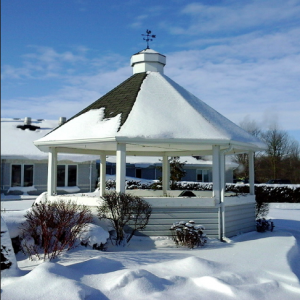
Next, get a soft-bristled brush. You will use this brush to remove any algae or mildew. This can be cleaned with a mixture of warm water and mild detergent or mold remover. Any harsh soaps will be too strong for your gazebo and cause potential damage.
Finally, check all screws to make sure they are all tightened. The weight of snow is surprisingly more than we'd think. If there are any loose screws then the snow will put more pressure on the wedges/corners and potentially collapse the gazebo. Additionally, winter can bring some wild winds with it. It is important to secure the gazebo against potential wind damage.
You may also want to fix vinyl sheets to the roof of the gazebo before winter comes. This will create a waterproof barrier between the snow and roof, ensuring the snow doesn't soak through and cause rot. The vinyl will also help the snow slide off easily.
Be sure to check on your gazebo periodically throughout the winter. Remove any snow buildup. Even if you have vinyl sheets laid down, it is helpful to lessen the weight on the roof.
You can also use a pressure washer to clean all surfaces of the gazebo. Be sure to focus on areas where dirt and debris may have accumulated. If you have a removable canopy, take it down and wash it separately. Allow the gazebo to dry completely before proceeding to the next step.
The step is fairly simple and the most important, and this job can be done in a single afternoon. Just don't wait too long!
3. Apply a Waterproof Sealant to All Wooden Surfaces
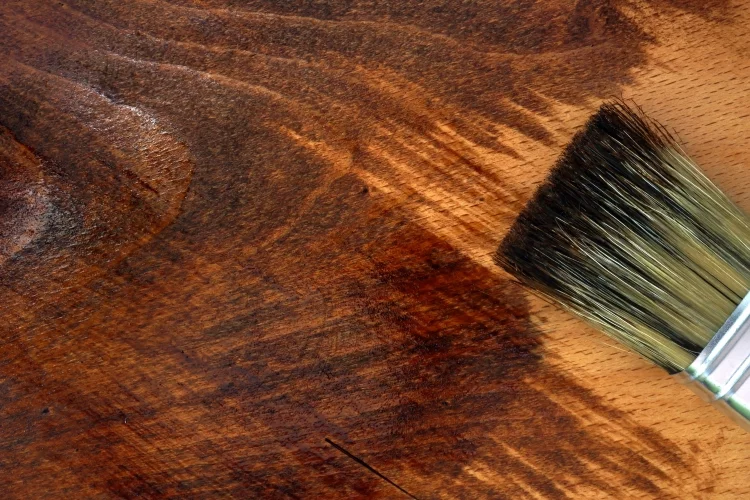
One of the best ways to winterize a gazebo is to apply a waterproof sealant to all of its wooden surfaces. This will help protect the wood from rain, snow, and ice, and will also make it easier to clean the gazebo in the spring.
To apply a sealant, simply follow these steps:
- Clean the surface of the wood with a mild detergent and water. Be sure to remove any dirt, dust, or debris that could prevent the sealant from adhering properly.
- Once the surface is clean, allow it to dry completely before proceeding.
- Apply a thin layer of waterproof sealant to the wood using a brush or roller.
- Allow the sealant to dry according to the manufacturer's instructions.
- Repeat steps 3 and 4 if necessary.
By following these simple steps, you can help extend the life of your gazebo and keep it looking its best for years to come.
4. Install Insulation in the Roof and Walls of the Gazebo
If you're looking to winterize your gazebo, one of the best things you can do is install insulation. This will help keep the inside of your gazebo warm and cozy, even when the temperature outside drops. Here's how to get started:
- Start by measuring the roof and walls of your gazebo. You'll need to know how much insulation you'll need to purchase.
- Once you have the measurements, head to your local home improvement store to purchase the insulation. Make sure to get a type that is meant for outdoor use.
- Installing the insulation is relatively simple. Just follow the instructions on the packaging. In most cases, you'll need to staple or tape the insulation in place.
- Once the insulation is installed, you can add any additional winterization measures you want, such as weatherstripping or caulking.
By taking the time to install insulation in your gazebo, you'll be able to enjoy it all year round - no matter what the weather is like outside.
5. Add a Heater or Fireplace to Keep Your Guests Warm During Winter Gatherings
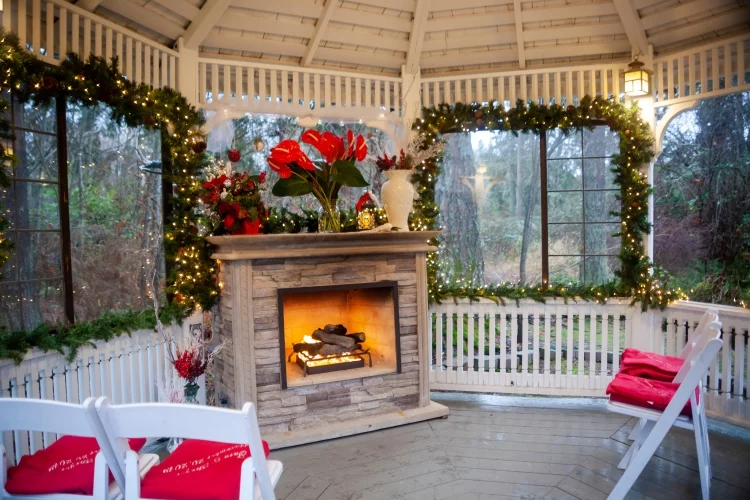
There are a few things to keep in mind when choosing a heater or fireplace for your gazebo. First, you'll want to make sure that the unit is properly sized for the space. Second, you'll need to consider how the unit will be powered - either by electricity or propane. And finally, you'll want to decide on the style of heater or fireplace that best fits your gazebo's design.
6. Hang Weatherproof Curtains Over All Windows and Doors to Keep Out Drafts and Moisture
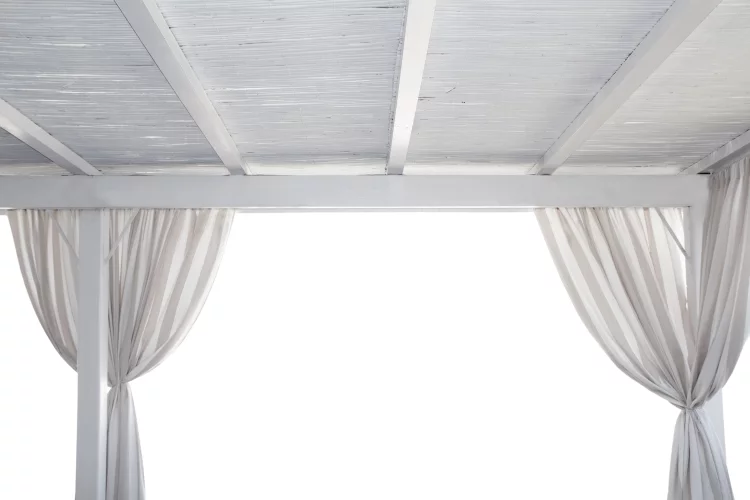
- Make sure the curtains are made of a heavy-duty fabric that can withstand the elements.
- Choose a color or pattern that will complement your gazebo's overall design.
- Install hooks or other hardware at the top of the curtains, following the manufacturer's instructions.
- Hang the curtains from the hooks, making sure they are evenly spaced across the opening.
- Tie back the curtains when they are not in use, or leave them open to enjoy the view.
- Enjoy your winterized gazebo!
Conclusion on Steps to Winterize a Gazebo
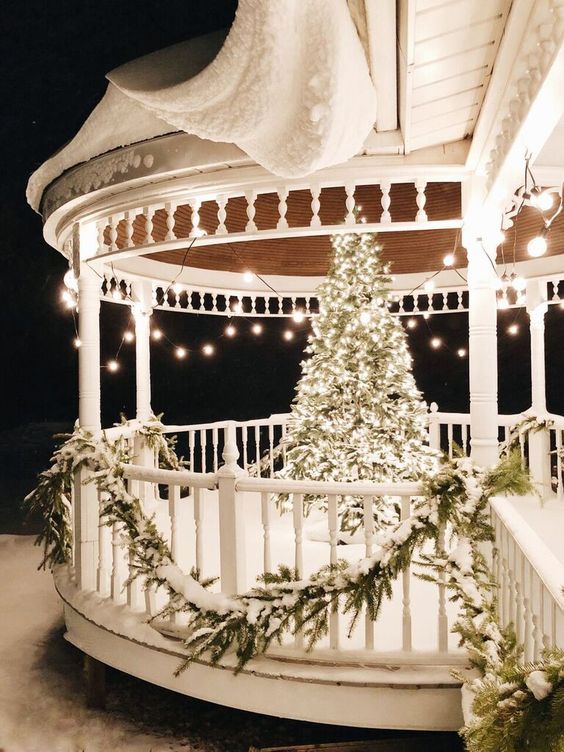
Now that you know how to winterize a gazebo, you can enjoy your outdoor space all year round. By taking the time to prepare your gazebo for the cold weather, you'll be able to extend its lifespan and keep it looking great for many years to come. So don't wait - get started today!
Related posts:
- 15 Fantastic Flagstone Patio Design Ideas
- Flagstone Patio Ideas And Info
- What's the Difference Between Rattan and Wicker?
- How To Install A Sunken Patio into Grass or Ground
 |
 |
 |
 |

About William Murphy
William has worked as a general contractor in the city of Fremont, CA for over three decades. During that time, he's written articles about architecture, construction, and environmental protection for various publications. He is an expert on green building and sustainable design. When he's not writing or working, William enjoys spending time with his wife and two children.
Thoughts on "How to Winterize a Gazebo"
 |
 |
 |
 |
Backyard Stuff
You can Get FREE Gifts. Receive Free Backyard Items here. Disable Ad Blocker to get them all now!
Once done, hit anything below
 |
 |
 |
 |